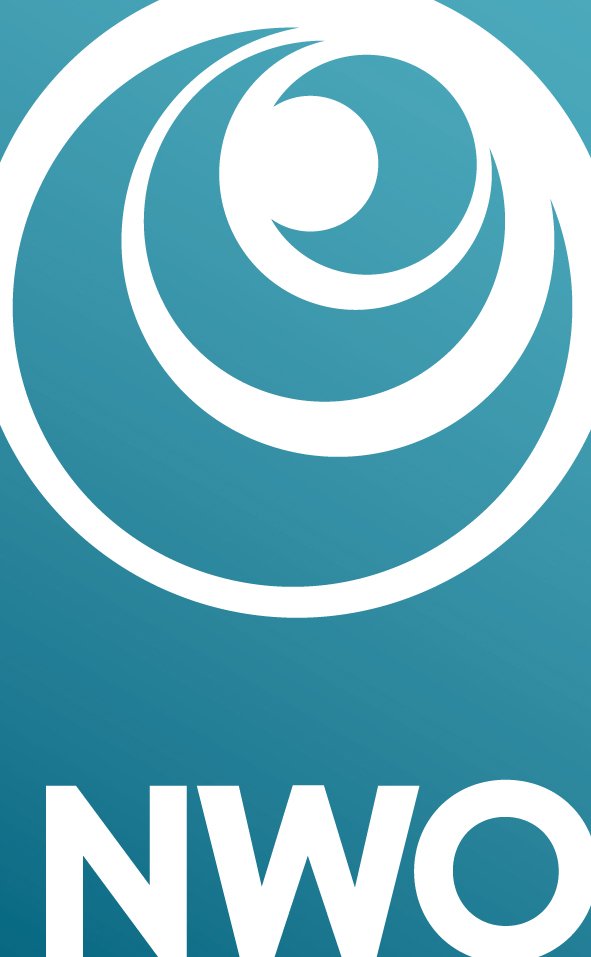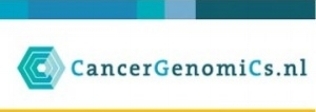 A new combination of drugs marketed by Bristol-Meyer Squibb has been hailed as a breakthrough in cancer treatment. Almost every media outlet carried a story about the results of a trial that were announced at a conference in Chicago yesterday, with the usual hype. The results are quite remarkable. 58% of metastatic melanoma patients treated with this new drug combination saw their tumours shrink, with the tumours stable or shrinking for a median of 11.5 months. This is amazing when you consider that metastatic melanoma was thought to be largely incurable as recently as 5 years ago. The drugs are each a form of immunotherapy. This refers to a therapy that works by making the patient’s own immune system attack the tumour. In this case, the combination targets two separate mechanisms tumours use to avoid the immune system. Firstly, one drug (Ipilimumab) targets CTLA-4, which is made by the tumour to suppress the immune system. The second drug (nivolumab) targets a protein called PD-1, which prevents the immune system from killing the tumour cells, even if it does recognise them as bad.This is quite a significant breakthrough in the treatment of melanoma but it does come at a cost however. The treatment has significant side effects, with over 80% of patients experiencing these. Furthermore, 55% experienced severe side effects, and 36% of patients had to stop treatment as a result.There is also the issue of cost, a problem I have discussed in a previous blog. Ipilimumab has already been approved by NICE at a cost of at least £42,200 per QALY. Nivolumab hasn’t yet been appraised by NICE, so it’s cost per QALY isn’t available, but in the US it is slightly more expensive than Ipilmumab, costing roughly $150,000 dollars per patient per year. As a combination, it is estimated that it will cost patients in the US $295,000 per year. This may well prove a stumbling block for an already creaking NHS. However, as both Merck and Roche have their own versions of these drugs, the hope is that the competition will force the manufacturers to drop their prices. Whether they will or not remains to be seen.Unfortunately, this breakthrough isn’t the cure that some articles say it is. Between cost and side-effects, there will be problems prescribing it to many patients. It is a welcome advance however, and does herald the development of immunotherapy as another arm in our treatment of cancer.Edit (03/06/05): The $295,000 figure comes from adding the list price of the two drugs. Some outlets are reporting that a discount may be applied to that, making the drug considerably cheaper, potentially bringing it closer to $200,000 per patient per year. While this is a significant discount, $200,000 per patient per year is still a staggering cost. To put it in perspective, if every patient with late stage melanoma was given this drug, Bristol-Meyer Squibb would make over $2,000,000,000 per year from it. When you consider that this is from only the late stage patients, with only one type of cancer, you can see why some people have a problem with the pricing of this and other drugs.
A new combination of drugs marketed by Bristol-Meyer Squibb has been hailed as a breakthrough in cancer treatment. Almost every media outlet carried a story about the results of a trial that were announced at a conference in Chicago yesterday, with the usual hype. The results are quite remarkable. 58% of metastatic melanoma patients treated with this new drug combination saw their tumours shrink, with the tumours stable or shrinking for a median of 11.5 months. This is amazing when you consider that metastatic melanoma was thought to be largely incurable as recently as 5 years ago. The drugs are each a form of immunotherapy. This refers to a therapy that works by making the patient’s own immune system attack the tumour. In this case, the combination targets two separate mechanisms tumours use to avoid the immune system. Firstly, one drug (Ipilimumab) targets CTLA-4, which is made by the tumour to suppress the immune system. The second drug (nivolumab) targets a protein called PD-1, which prevents the immune system from killing the tumour cells, even if it does recognise them as bad.This is quite a significant breakthrough in the treatment of melanoma but it does come at a cost however. The treatment has significant side effects, with over 80% of patients experiencing these. Furthermore, 55% experienced severe side effects, and 36% of patients had to stop treatment as a result.There is also the issue of cost, a problem I have discussed in a previous blog. Ipilimumab has already been approved by NICE at a cost of at least £42,200 per QALY. Nivolumab hasn’t yet been appraised by NICE, so it’s cost per QALY isn’t available, but in the US it is slightly more expensive than Ipilmumab, costing roughly $150,000 dollars per patient per year. As a combination, it is estimated that it will cost patients in the US $295,000 per year. This may well prove a stumbling block for an already creaking NHS. However, as both Merck and Roche have their own versions of these drugs, the hope is that the competition will force the manufacturers to drop their prices. Whether they will or not remains to be seen.Unfortunately, this breakthrough isn’t the cure that some articles say it is. Between cost and side-effects, there will be problems prescribing it to many patients. It is a welcome advance however, and does herald the development of immunotherapy as another arm in our treatment of cancer.Edit (03/06/05): The $295,000 figure comes from adding the list price of the two drugs. Some outlets are reporting that a discount may be applied to that, making the drug considerably cheaper, potentially bringing it closer to $200,000 per patient per year. While this is a significant discount, $200,000 per patient per year is still a staggering cost. To put it in perspective, if every patient with late stage melanoma was given this drug, Bristol-Meyer Squibb would make over $2,000,000,000 per year from it. When you consider that this is from only the late stage patients, with only one type of cancer, you can see why some people have a problem with the pricing of this and other drugs.



